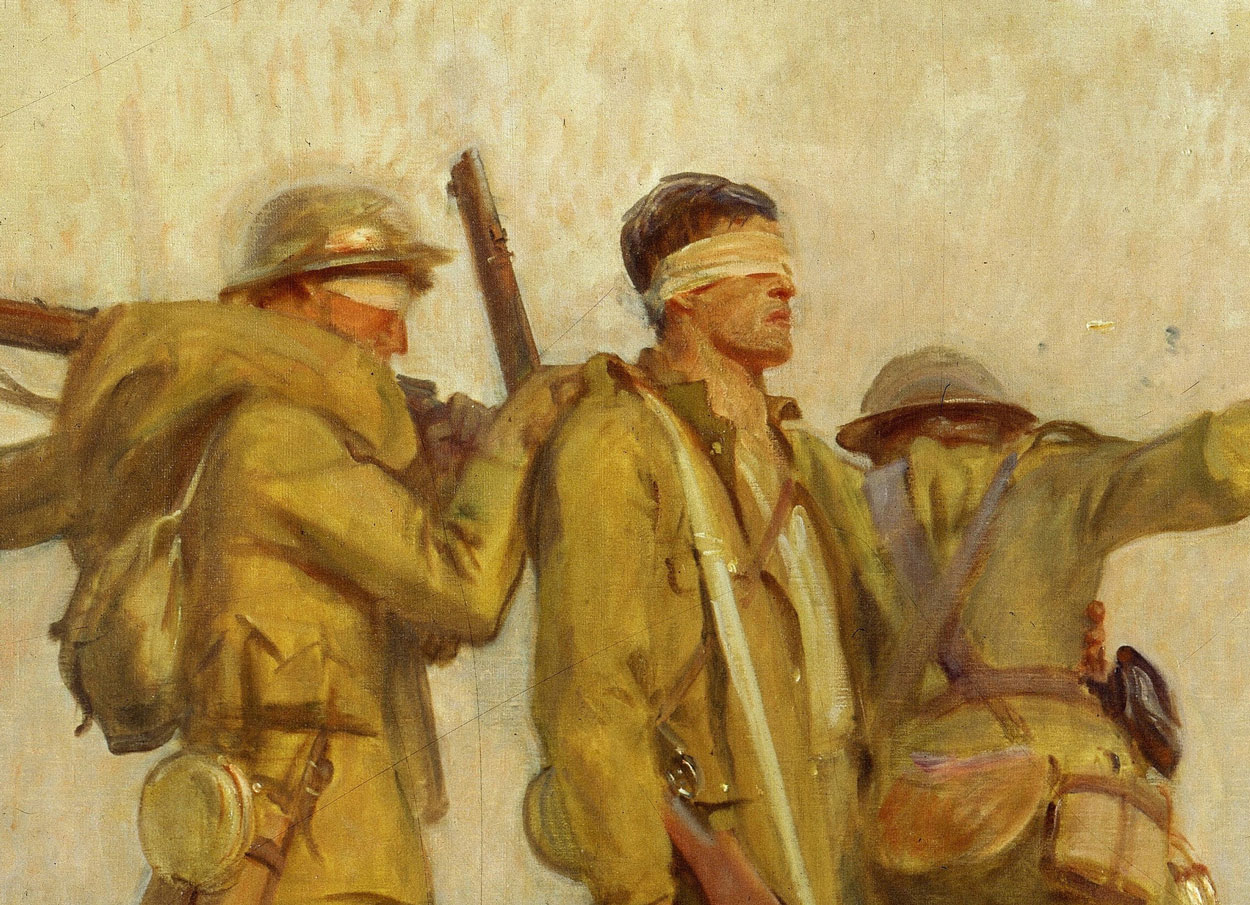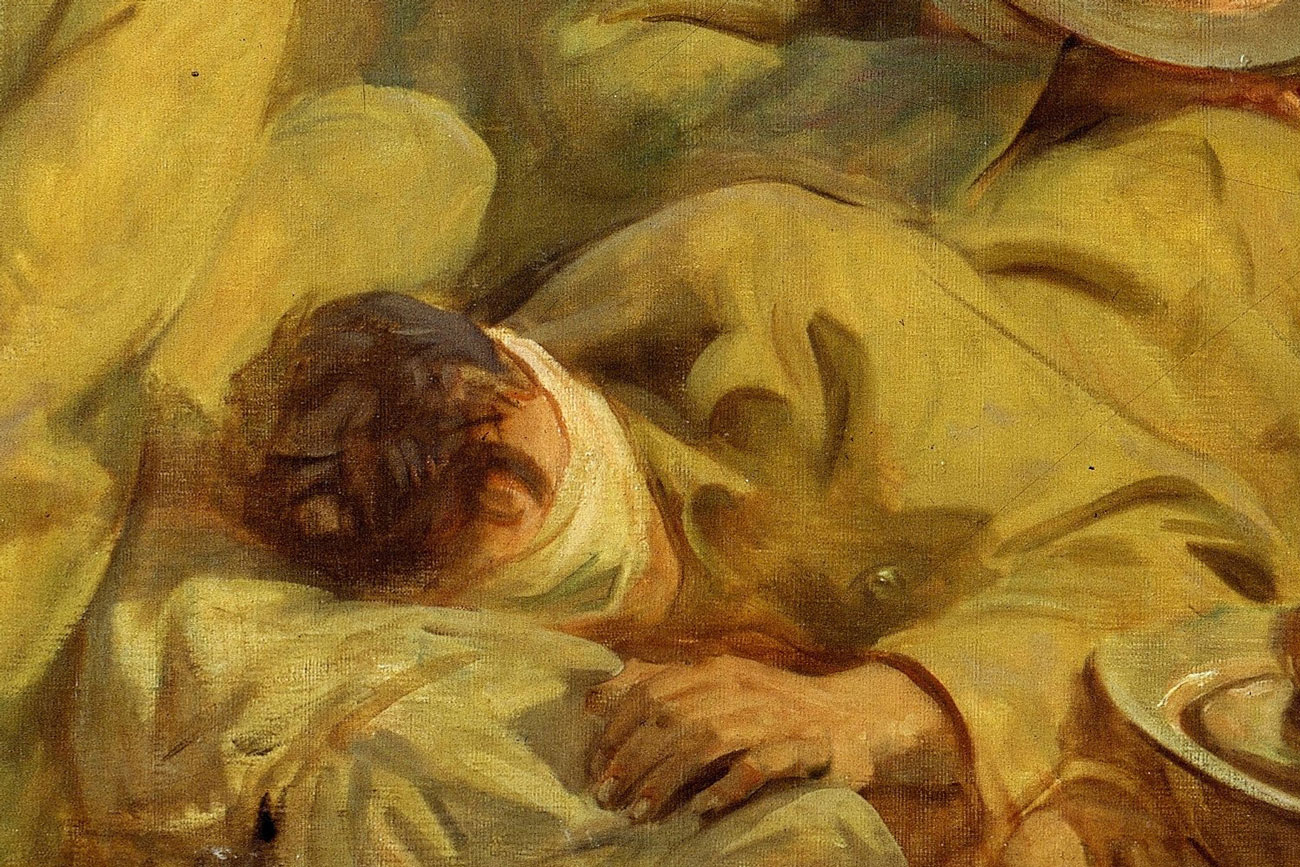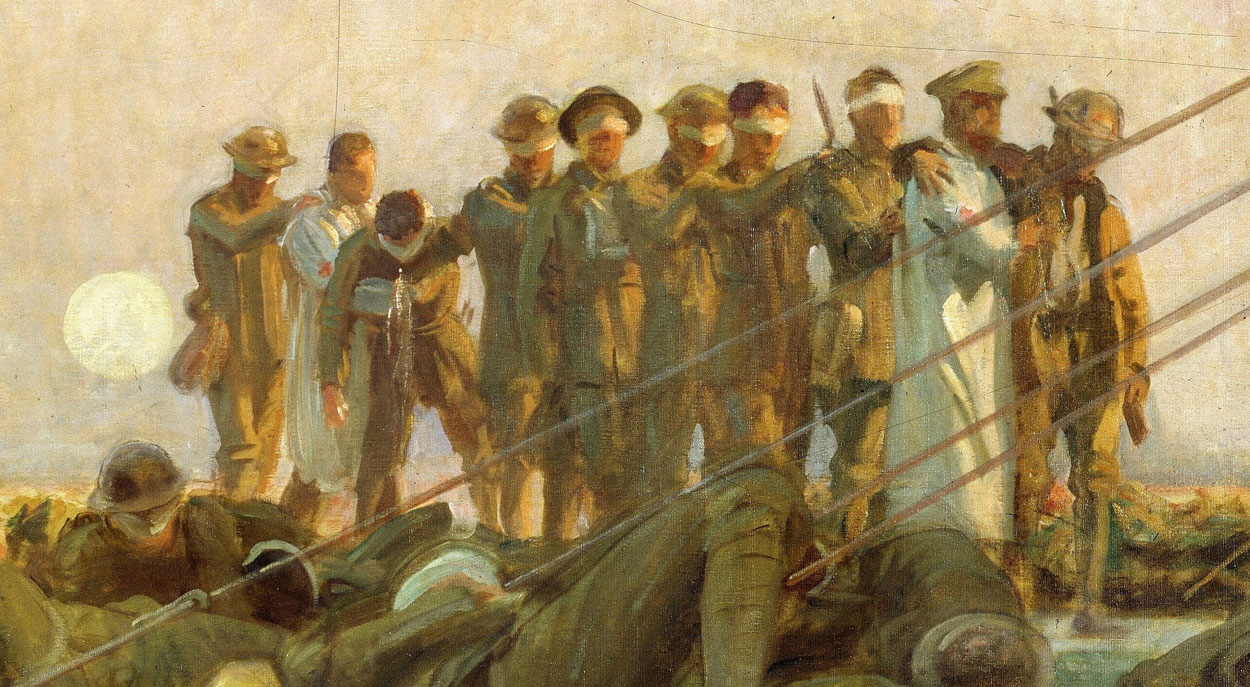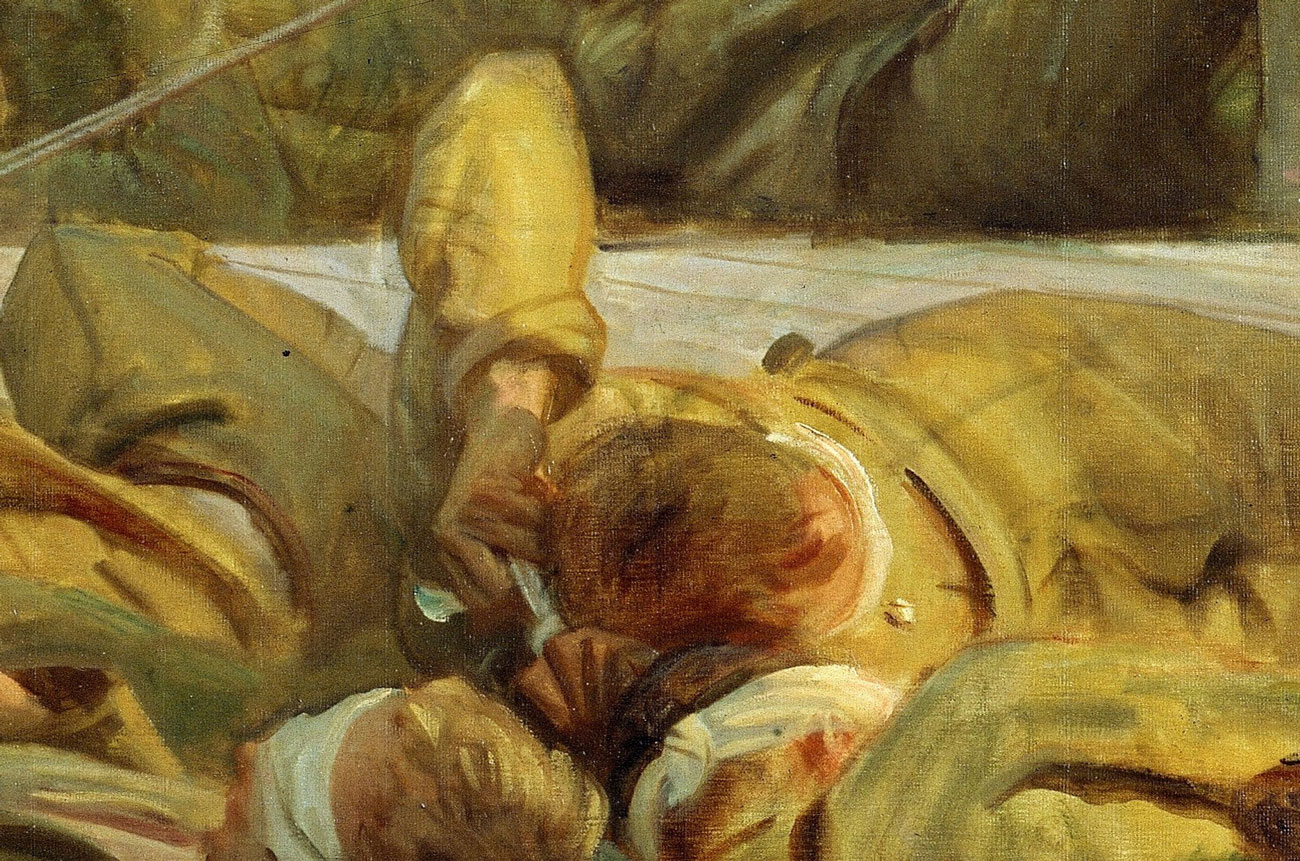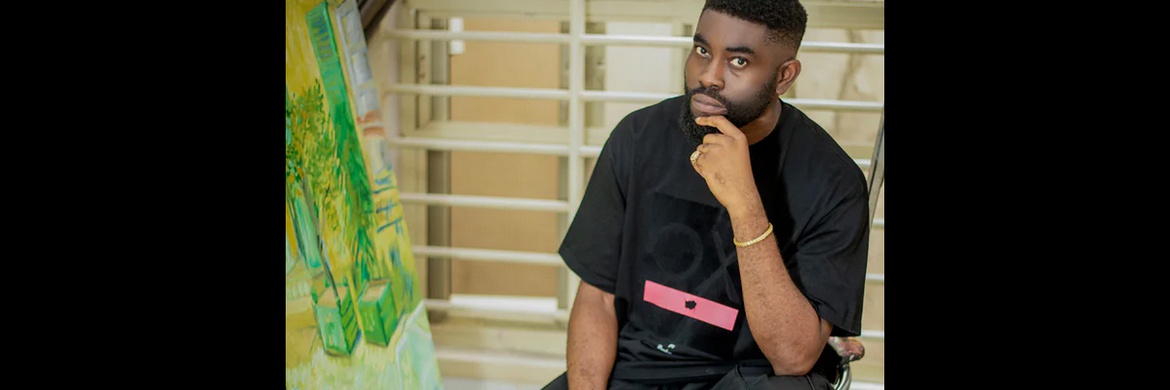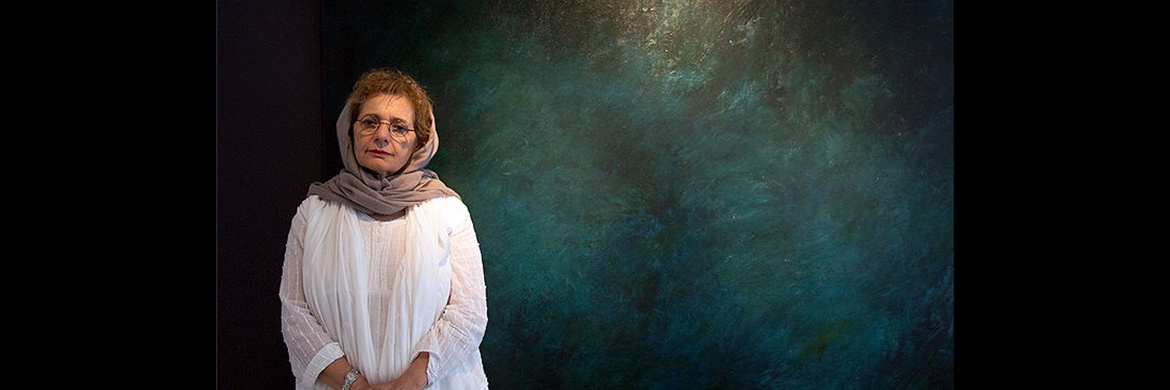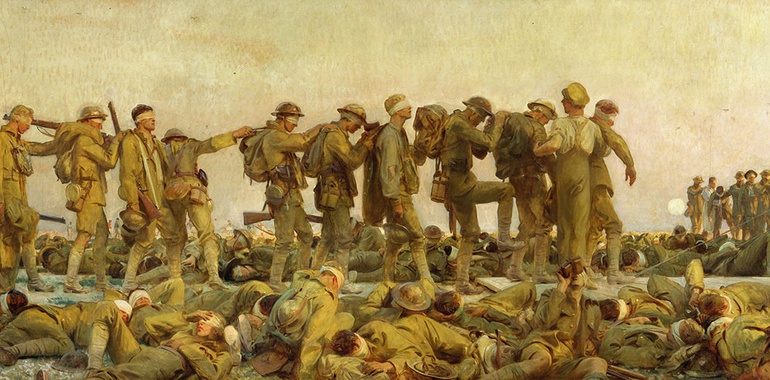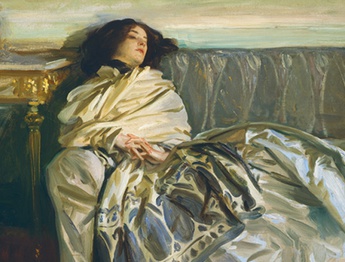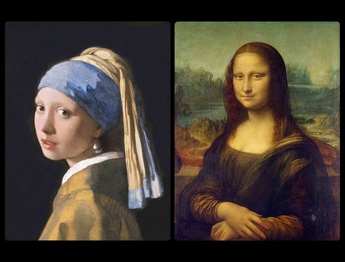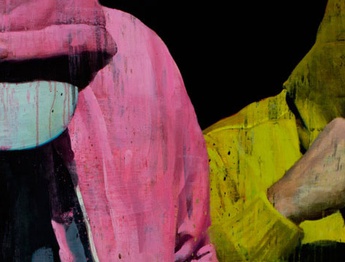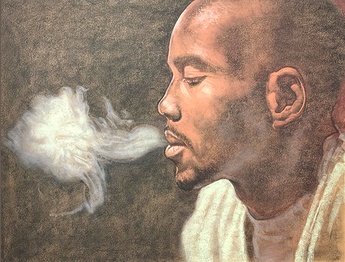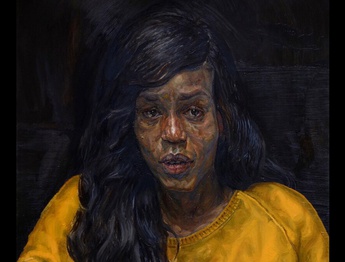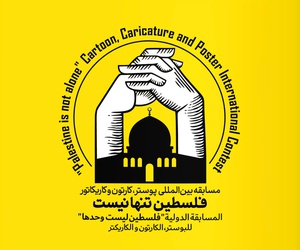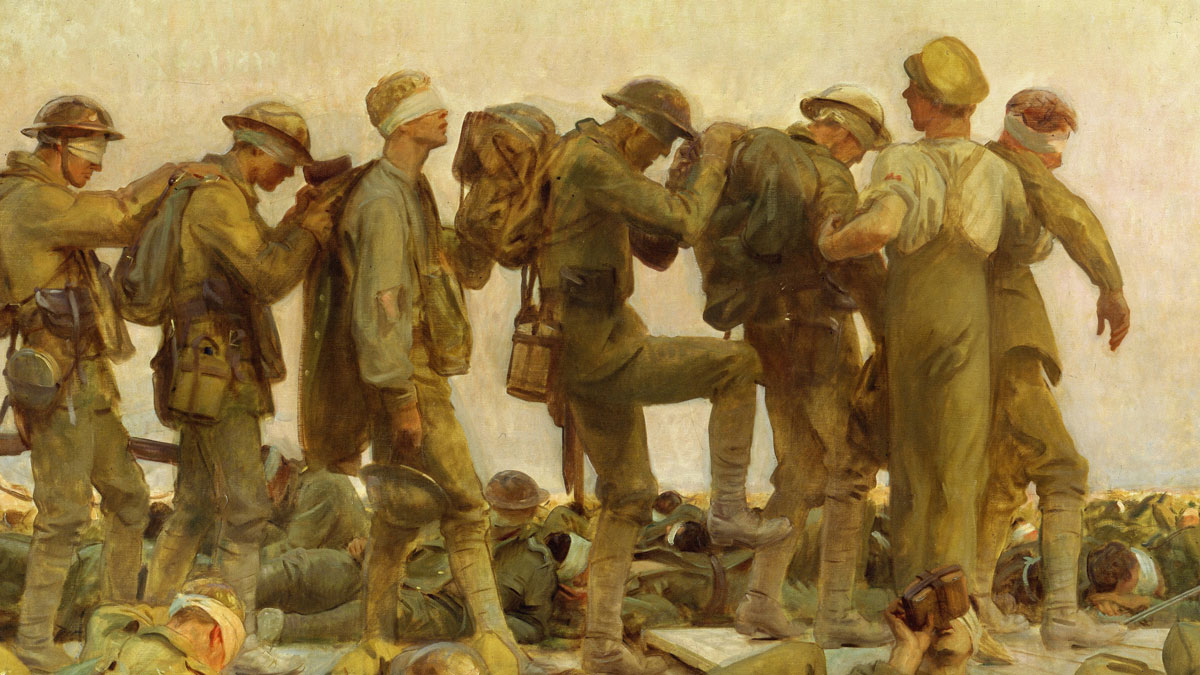
Painter: John Singer Sargent
Creation date: 1919
Place of creation: France
Nationality of the painter: America
Technique: oil on canvas
Topic: First World War, the use of prohibited chemical weapons in the war against the soldiers, the injuries of the chemical mustard gas on the body of the fighting forces.
The effects of mustard gas on the human body
John Singer Sargent painted this bitter scene after a chemical attack that took place on the Western Front in August 1918 in which mustard chemical gas was used. In 1918, he himself witnessed this unfortunate event and was so moved by this painful scene that he decided to paint it on canvas so that it would be forever recorded in the memory of history. John Singer finally finished painting this painting in 1919.
As you can see in the picture, many soldiers who were exposed to this gas suffered very severe injuries. Their eyes are damaged and covered with a white cloth. One of the initial effects of mustard gas is to cause damage to the respiratory system and the visual system, as well as causing very severe burns. Those who are exposed to direct contact with this gas will most likely go blind or lose part of their vision. It is clear that the soldiers in this painting were directly exposed to this destructive chemical gas. Many of these soldiers have fallen on the ground and are unable to get up. All of their eyes are damaged and even those who are standing are walking with difficulty and with the help of another person.
Mustard gas was used as a weapon for the first time in the First World War and caused irreparable damage. Germany was also the first country to use this dangerous and poisonous gas in its war plan against its enemies, and unfortunately, many soldiers who were infected with this gas lost their lives. Even those who survived were suffering from the side effects of this gas until the end of their lives. Mustard gas is considered a blistering agent that causes very terrible blisters on the skin of its victims, and there is even a possibility that it can lead to cancer.
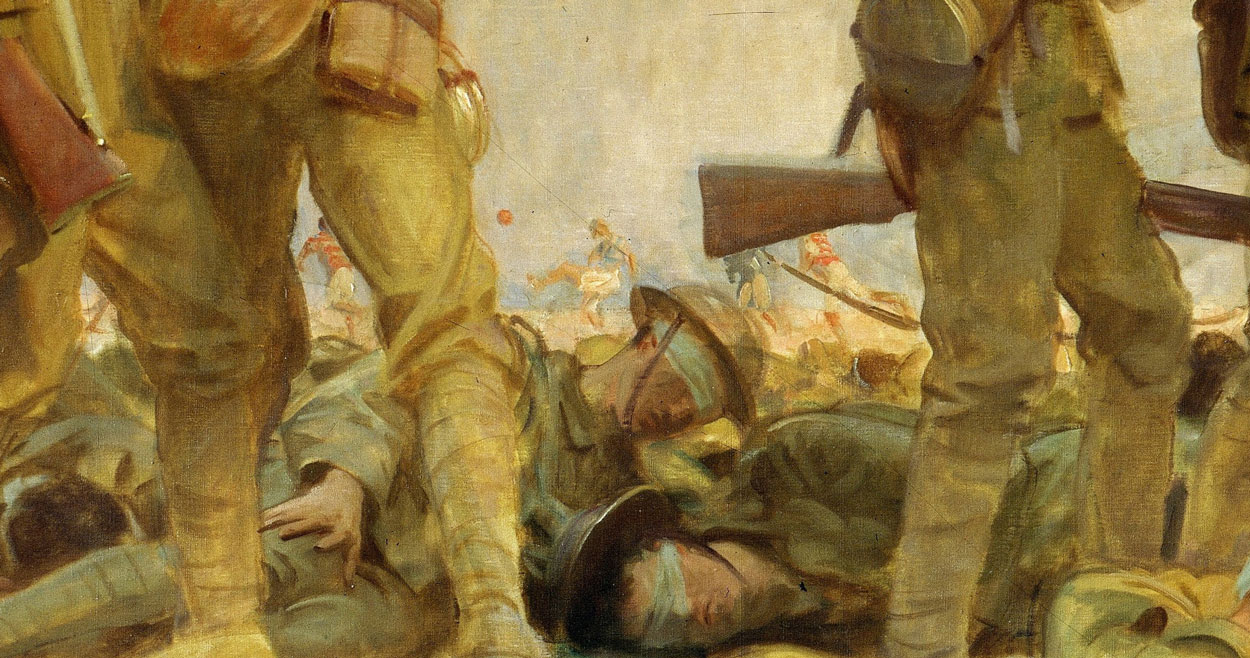
The brutal use of dangerous chemical weapons in the First World War
As an authentic clue and document, this painting shows well how the management and organization of the soldiers and forces present on the battlefield of the First World War was. None of these soldiers have protective clothing and masks, and even the smallest measures have not been taken to treat them immediately in the place where they are infected with this poisonous gas. . This painting shows well how the commanders and rulers of the countries in the First World War viewed their soldiers. It didn't matter to them how many soldiers and with what pain they will be killed in this battle. . What was important was only victory over the other side, and no one cared that maybe in just one day, hundreds of thousands of people would die a painful death. Another important point that is noticeable in this painting is the effect of mustard gas. As you can see in the scene, all the soldiers were infected by this gas and died. Those who still have a little strength in their body can barely stand on their feet, but they can't even see the road ahead of them. So, by seeing this painting, we see very clearly what a painful and inhuman thing happened in this scene of war and we also become aware of how much the use of chemical weapons in war battles can be It is cruel and inhumane and what wide and destructive effects it leaves behind.
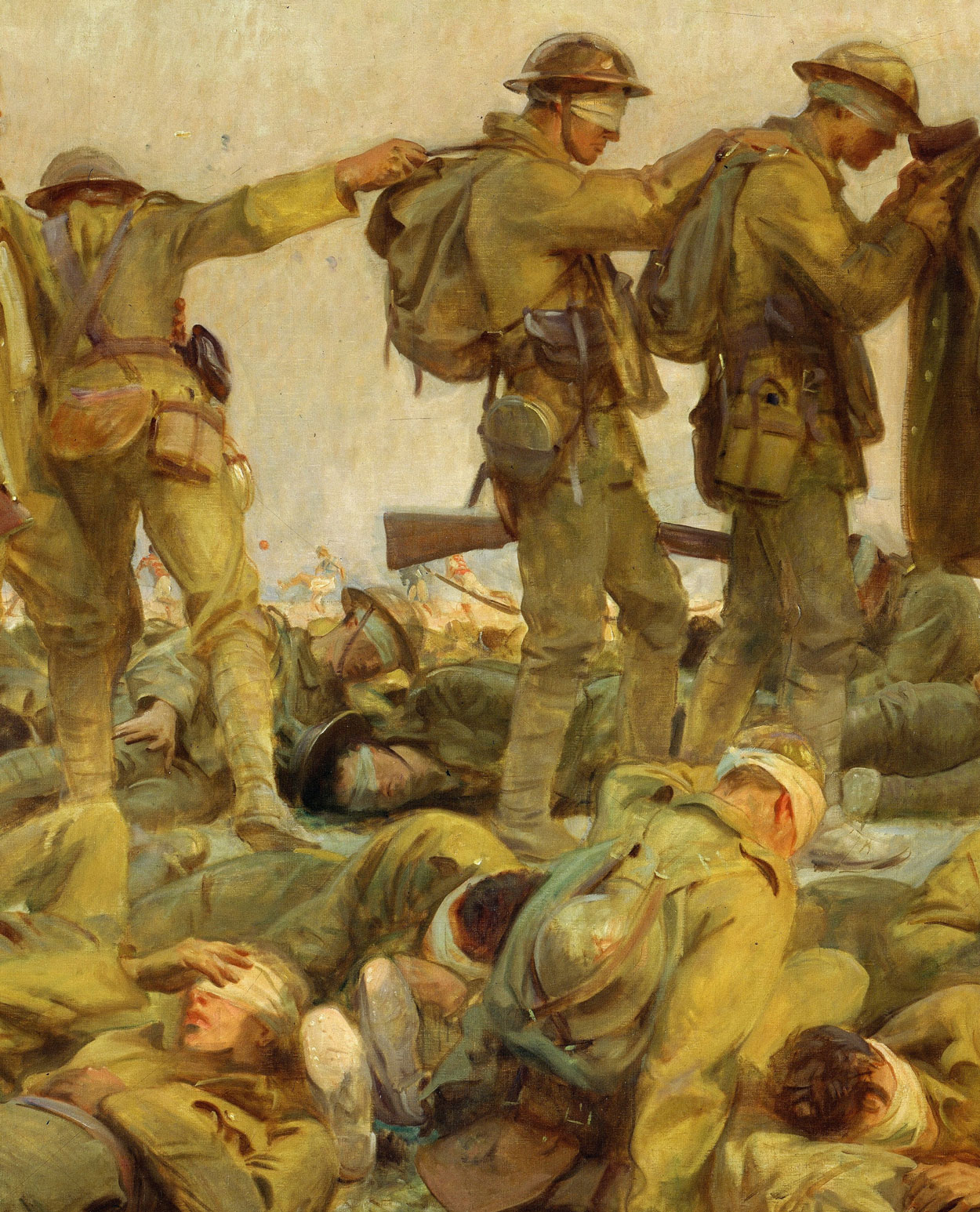
In the background of this painting, some soldiers are playing football without paying attention to this bitter room.
Having hope for life at the height of despair and failure
In this painting, except despair, death, pain, suffering and failure of humanity, it is hard to see anything else. The entire space of this work is dedicated to the concept and message of how far the position of man can fall, that countless groups of them must be destroyed because of the power-seeking of one or more selfish and unbridled rulers. When we look at this painting, we encounter two different types of inner feelings. When we see fallen soldiers, we can't think of anything else except despair and death. But if we look at the soldiers standing in a straight line with as much difficulty as possible on their feet, and with their eyes closed and injured, their hands on each other's shoulders, so that they can find their way to help their comrades in this way, we can still hope for the connection and love between people, and know that even in the most difficult moments, we can rely on our friends and continue on our way.
The important thing is that during the imposed war, Saddam repeatedly used mustard chemical weapons against the children of this border and region, and caused countless disasters. Its peak can be seen in the attack on border areas such as Sardasht and even Halabja in Iraq.
Prepared and arranged by Masoud Shojaei Tabatabai
